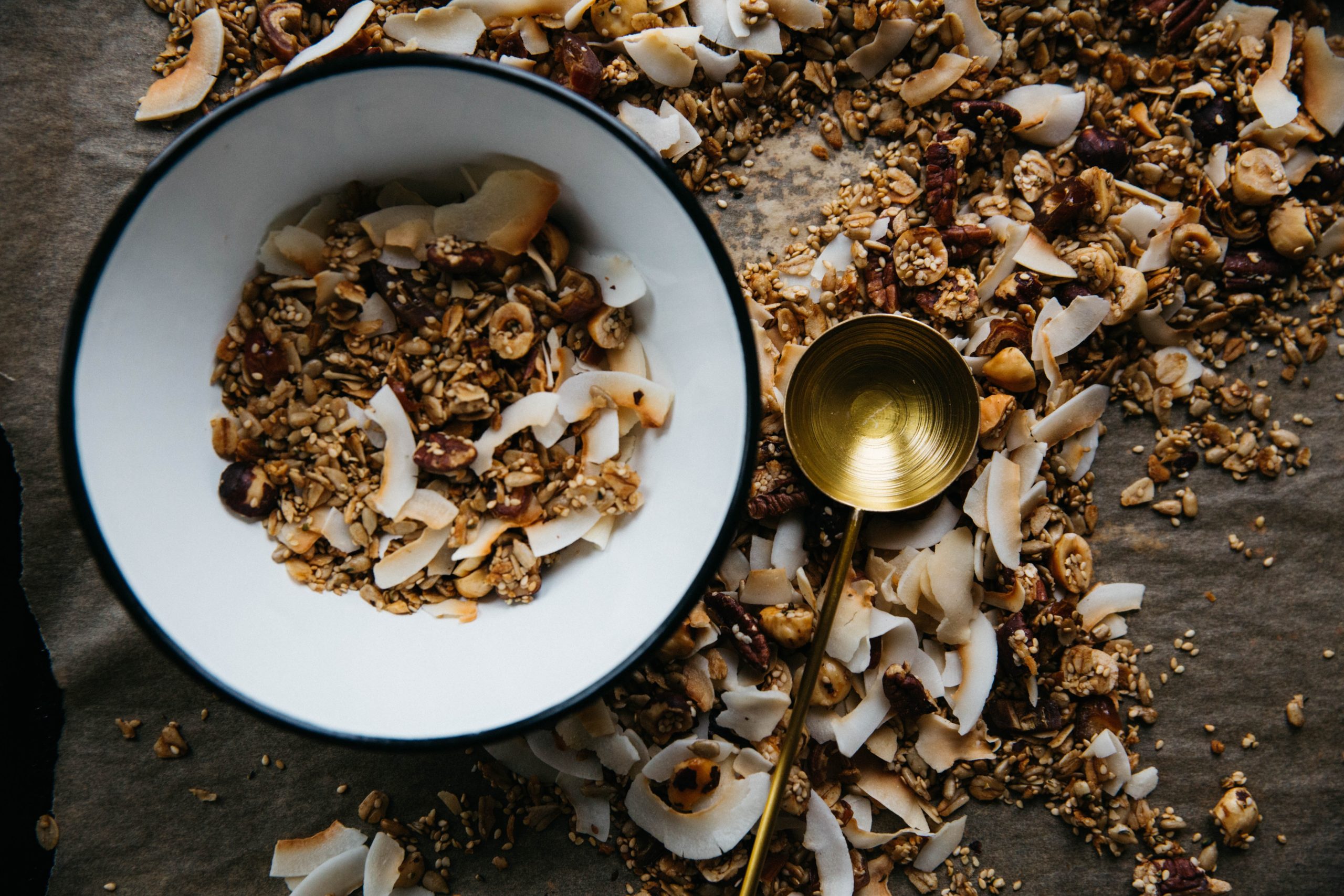As medical students, we are taught to advise our patients on a healthier diet, one with higher intakes of fruits, vegetables, and whole grains, in the hopes of preventing diet-related chronic diseases. In February 2016, a study published in Pediatrics noted a beneficial effect of dietary fiber on reducing the risk of breast cancer, particularly if fiber intake was high during the adolescent period.
The notion that early life exposures in women can predispose them to a greater or lesser risk for breast cancer, independent of exposures during adulthood, has been around for some time. For example, studies of children who were exposed to atomic radiation in Japan noted a higher rate of breast cancer, though women who were older when they were exposed to the same radiation did not demonstrate any increased risk. Similarly, adult height and age at menarche, both of which are heavily influenced by early life exposure and development, display strong relationships with breast cancer risk later in life. It seems logical that early life diet could also play an important role in influencing risk of breast cancer later in life.
The data from this study came from the Nurses’ Health Study II, a large prospective cohort consisting of 116,430 female nurses in the US who have been followed since 1989 on their diet, lifestyle, and reproductive characteristics, as well as disease outcomes including breast cancer. In the study, when comparing the lifestyle and reproductive of women in the top 20% of fiber intake (28.9 g/day) to those in the lowest 20% of intake (14.7 g/day), there were few differences. The authors note that women with fiber intake were more likely to have earlier age at menarche, to have never given birth, and to be older when having their first child, all factors pre-disposing women to a higher risk of breast cancer. On the other hand, women with higher intakes of fiber tended to have a lower alcohol consumption and body mass index, which would tend to lower their risk for breast cancer. After adjusting for these differences, the adolescent women with the highest fiber intake compared to the lowest saw a 16% reduction in breast cancer risk.
Interestingly, the women with the highest fiber intake only consumed, on average, 28.9 g, which is roughly equivalent to the amount (25 g for women under 50 years) currently recommended by many US dietary guidelines. If these findings are true, it means that just meeting this recommended amount could lower breast cancer risk!
Soluble fiber from fruits and vegetables as well as insoluble fiber from whole grains were associated most strongly with reductions in breast cancer risk. In addition, this study found the beneficial effect of increased fiber consumption was intensified in women with premenopausal breast cancer (a whopping 24% reduction in risk) which often presents with aggressive tumors associated with poor long-term outcomes.
While the findings of this study are impressive, it is important to discuss some of its limitations. First, the study used dietary recall techniques from questionnaires to determine early life diet, which can be unreliable. Recall bias can distort the study’s results as many middle-aged women were asked to remember their dietary habits from when they were teenagers. While it is often true that the dietary habits as adults do not vary considerably from those development during childhood, notable differences are still possible. Second, while the study population consists entirely of registered nurses who are expected to have similar education levels and socio-economic status, childhood and adolescent socio-economic status as well as home environment in early life were not controlled for in this study. Third, the observational nature of this study can only suggest an association and cannot prove definitively that this reduction in risk is due to increased fiber consumption. Though the authors made extensive adjustments of known breast cancer mediators in their analysis, other unmeasured factors could still confound the relationship between fiber intake and breast cancer risk.
Is fiber the dietary cure science has been searching for? While this paper highlighted the association between fiber and breast cancer risk, fiber might not be the main contributor of reduced risk, but could be a marker for an overall healthier dietary pattern reflected by higher intakes of unprocessed high-fiber plant foods, including fruits, vegetables, whole grains, legumes, and nuts. It is important to recognize that results of this study could be simplified and sensationalized by the supplement industry to call for increased fiber supplementation. The focus of many “high-fiber” processed foods on incorporating psyllium or chicory root fiber can be distracting and may even lure individuals away from healthier, unprocessed foods. This study points to another bastion towards modifiable factors that can empower patients to take charge of their own health and become their own health advocates. While we can’t be certain that increased fiber consumption reduces breast cancer risk until we have additional high-quality research, in the meantime, we should encourage our patients to consume more unprocessed plant foods due to their plethora of known health benefits.
So how can we encourage our adolescent patients to improve the quality of their diet? Young patients face many obstacles to obtaining a healthful diet—cost, access, their home and school environment, to name a few. As medical students we can support national and local policies aimed at improving local access to healthier, higher-fiber foods and improving the nutrition of school lunches. We can continue to press for school lunch program reforms to increase consumption of healthy foods, as many of these programs are already seeing beneficial effects. School programs could continue to implement and advance “choice architecture” and the taste of meals to nudge students into healthier eating behaviors which has been shown to be effective in changing dietary habits.
While this study might not have told us exactly how much fiber we should consume to reduce disease risk, it highlighted an important time period in life we can focus our efforts as future clinicians on in reducing the disease burden in our country. Encouraging adolescent women to consume healthier, high-fiber foods including fruits, vegetables, legumes, and whole grains seems beneficial to not only reducing risk of breast cancer but also many other important chronic diseases. So next time on your pediatrics rotation, inquire about your female patient’s consumption of these foods and show them this study if they’re not convinced.




